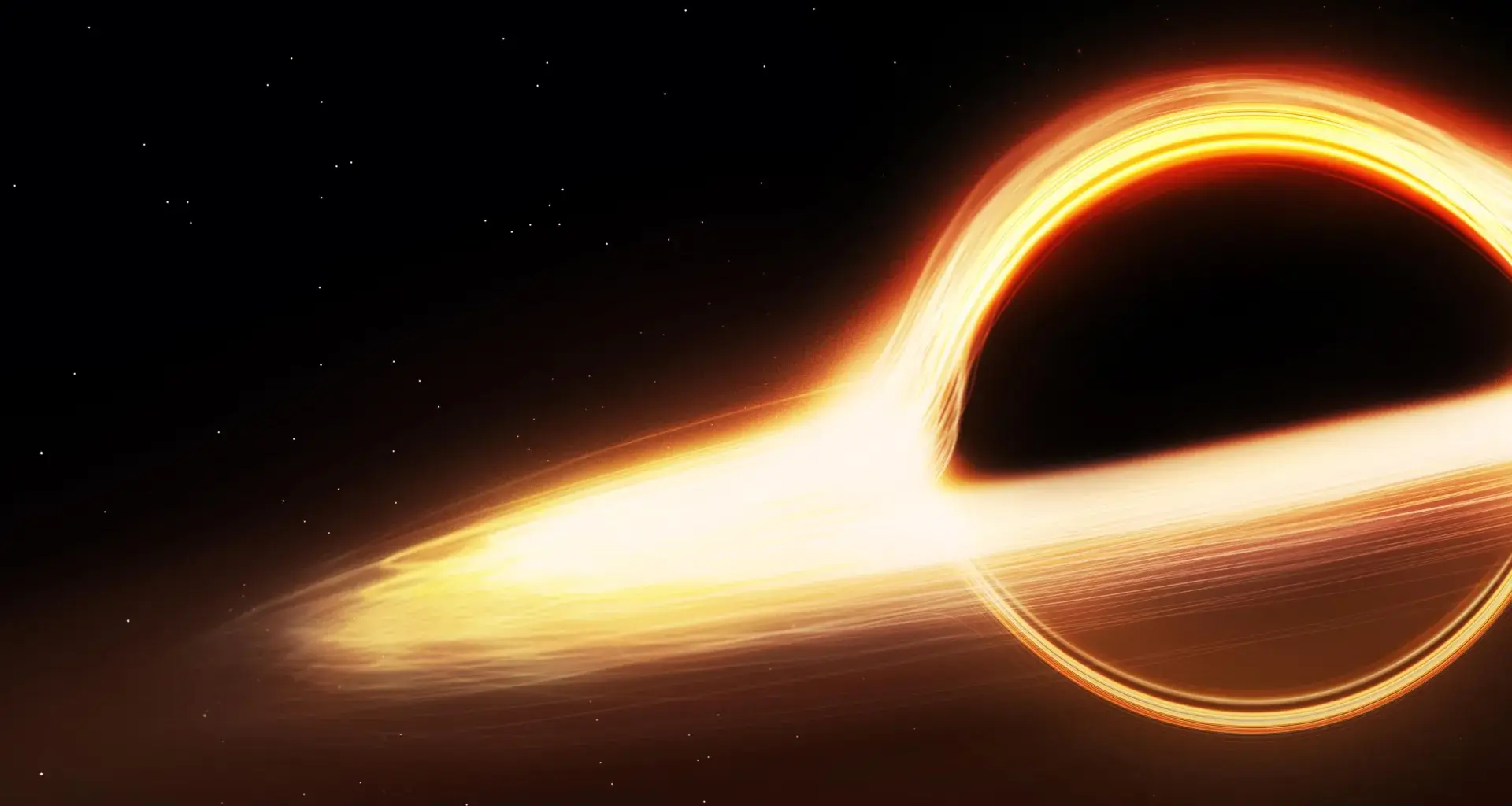An international group of physicists, including scientists from Washington University in St. Louis, has gathered new measurements that shed light on how black holes draw in surrounding material and release tremendous amounts of radiation and energy.
The team directed a balloon-borne telescope known as XL-Calibur toward Cygnus X-1, a well-studied black hole located roughly 7,000 light-years away. “The observations we made will be used by scientists to test increasingly realistic, state-of-the-art computer simulations of physical processes close to the black hole,” said Henric Krawczynski, the Wilfred R. and Ann Lee Konneker Distinguished Professor in Physics and a fellow at WashU’s McDonnell Center for the Space Sciences.
Measuring the Polarized Light Near a Black Hole
XL-Calibur is designed to measure the polarization of light, a property that describes the orientation of electromagnetic vibrations. By studying how this light is polarized, scientists can gain valuable clues about the shape and behavior of the extremely hot gas and debris swirling around black holes at extreme speeds.
A recent paper in The Astrophysical Journal features the latest results from the Cygnus X-1 observations and reports the most accurate measurement so far of the black hole’s hard X-ray polarization. The publication includes contributions from many WashU researchers, including graduate student Ephraim Gau and postdoctoral research associate Kun Hu, who served as corresponding authors.
“If we try to find Cyg X-1 in the sky, we’d be looking for a really tiny point of X-ray light,” Gau said. “Polarization is thus useful for learning about all the stuff happening around the black hole when we can’t take normal pictures from Earth.”
A Balloon Flight Across the Northern Hemisphere
These findings came from XL-Calibur’s July 2024 balloon flight from Sweden to Canada. During this mission, the instrument also collected data from the Crab pulsar and its surrounding wind nebula, one of the brightest and most stable sources of X-rays in the sky.
Krawczynski noted that the 2024 flight set multiple technical milestones, including detailed measurements of both Cygnus X-1 and the Crab pulsar.
“Collaborating with colleagues at WashU, as well as other groups in the U.S. and Japan, on XL-Calibur has been extremely rewarding,” said Mark Pearce, an XL-Calibur collaborator and a professor at KTH Royal Institute of Technology in Sweden. “Our observations of Crab and Cyg X-1 clearly show that the XL-Calibur design is sound. I very much hope that we can now build on these successes with new balloon flights.”
Looking Ahead to Future Missions
The team aims to observe additional black holes and neutron stars during the telescope’s next planned launch from Antarctica in 2027. By expanding the range of objects studied, researchers hope to create a more complete picture of how matter behaves in these extreme environments.
“Combined with the data from NASA satellites such as IXPE, we may soon have enough information to solve longstanding questions about black hole physics in the next few years,” added Krawczynski, the project’s primary investigator.
A Worldwide Scientific Effort
XL-Calibur is supported by a broad collaboration of institutions, including WashU, the University of New Hampshire, Osaka University, Hiroshima University, ISAS/JAXA, the KTH Royal Institute of Technology in Stockholm, and Goddard Space Flight Center (and Wallops Flight Facility), as well as 13 additional research organizations.
The Washington University in St. Louis team also acknowledges funding from NASA through grants 80NSSC20K0329, 80NSSC21K1817, 80NSSC22K1291, 80NSSC22K1883, 80NSSC23K1041, and 80NSSC24K1178, along with support from the McDonnell Center for the Space Sciences at Washington University in St. Louis.

